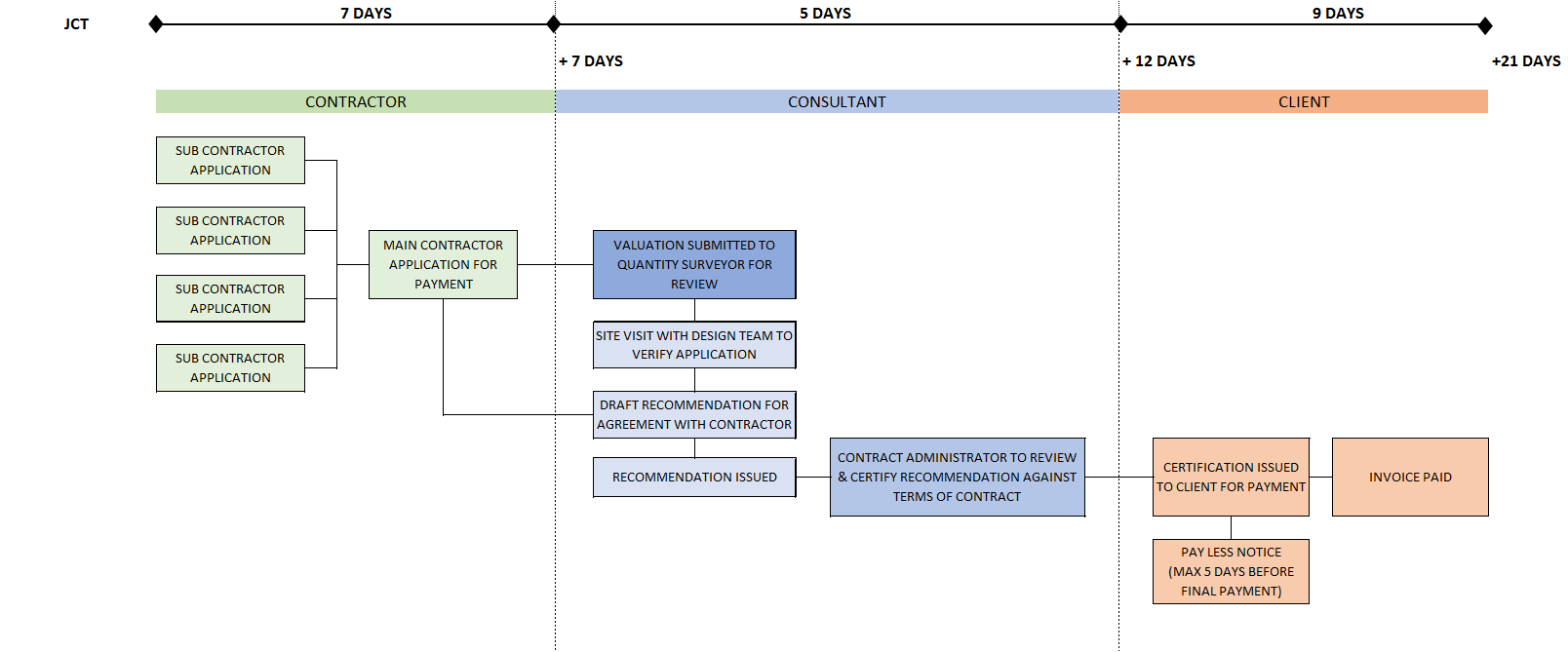Difference between revisions of "Construction Project Management"
From Design Computation
Abel Maciel (talk | contribs) (→Payments) |
Abel Maciel (talk | contribs) |
||
| (2 intermediate revisions by 2 users not shown) | |||
| Line 5: | Line 5: | ||
[[Category: CBC]] | [[Category: CBC]] | ||
[[Category: Construction]] | [[Category: Construction]] | ||
| + | [[Category: Construction Management]] | ||
| + | [[Category: Construction Blockchain]] | ||
| + | [[Category: CM]] | ||
| + | |||
| + | Construction management (CM) is a professional service that uses specialized, project management techniques to oversee the planning, design, and construction of a project, from its beginning to its end. The purpose of CM is to control a project's time, cost and quality—sometimes referred to as a project's "triple constraint."[1] CM is compatible with all project delivery systems, including design-bid-build, design-build, CM At-Risk and Public Private Partnerships. Professional construction managers may be reserved for lengthy, large-scale, high budget undertakings (commercial real estate, transportation infrastructure, industrial facilities, and military infrastructure), called capital projects. | ||
=Introduction= | =Introduction= | ||
=Payments= | =Payments= | ||
| − | [[File:CPM Valuation-Payment-Process.png|center| | + | [[File:CPM Valuation-Payment-Process.png|center|1000px|JCT Valuation and Payment Process]] |
Latest revision as of 10:58, 15 May 2020
Construction management (CM) is a professional service that uses specialized, project management techniques to oversee the planning, design, and construction of a project, from its beginning to its end. The purpose of CM is to control a project's time, cost and quality—sometimes referred to as a project's "triple constraint."[1] CM is compatible with all project delivery systems, including design-bid-build, design-build, CM At-Risk and Public Private Partnerships. Professional construction managers may be reserved for lengthy, large-scale, high budget undertakings (commercial real estate, transportation infrastructure, industrial facilities, and military infrastructure), called capital projects.
